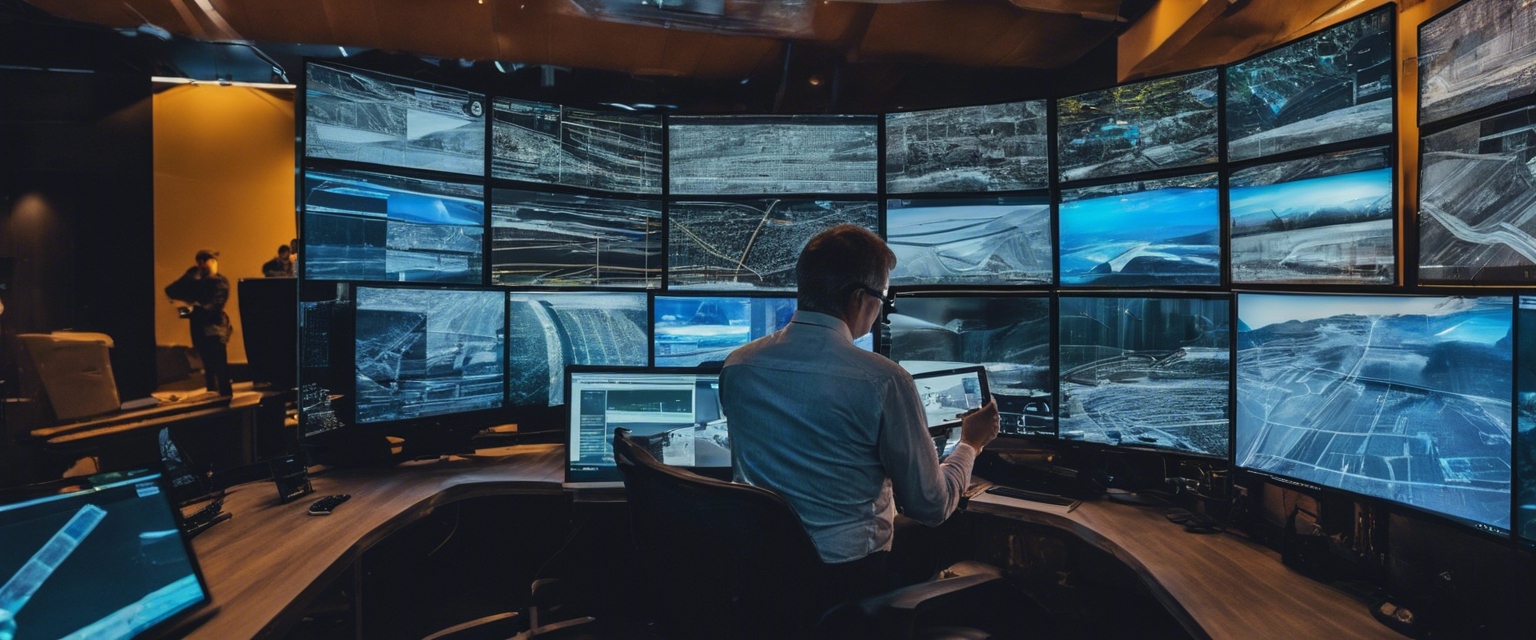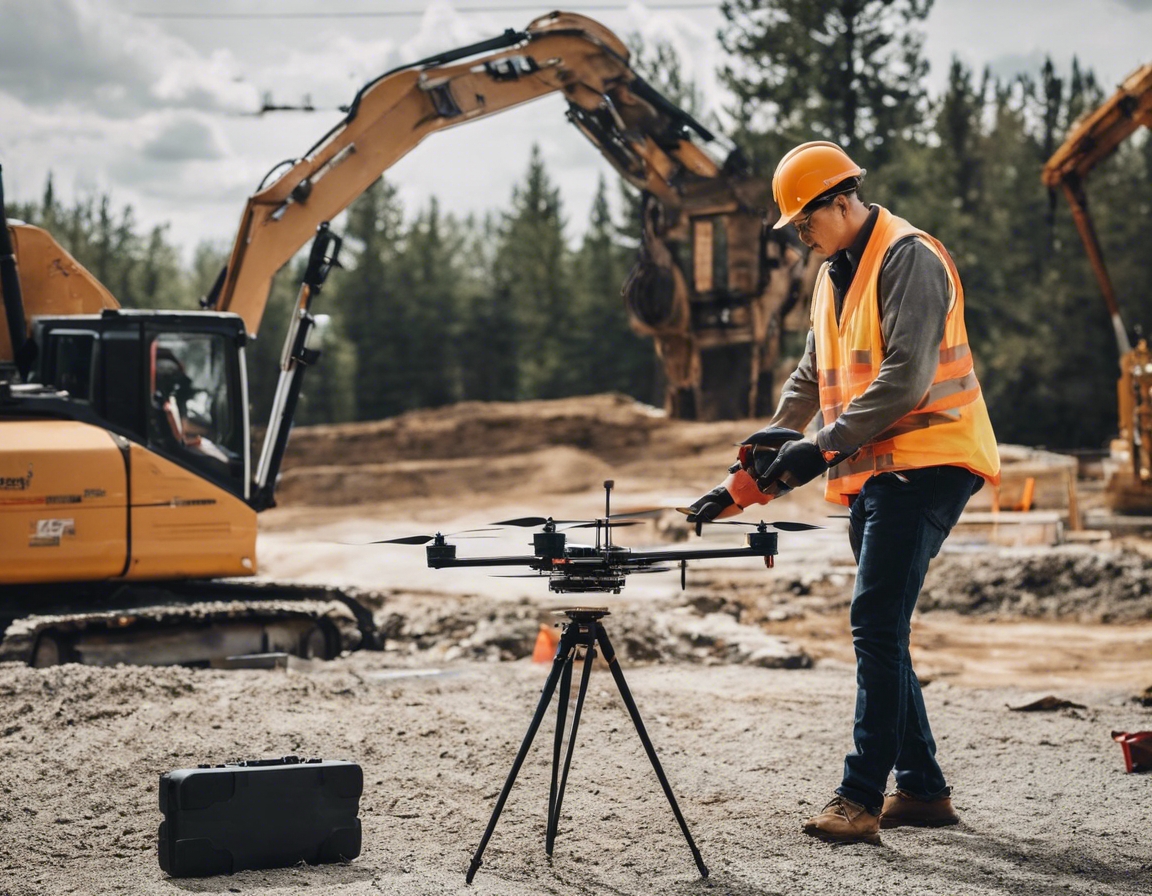The future of railway monitoring: 3d data and beyond
Railway infrastructure is the backbone of modern transportation, supporting the swift movement of goods and people across vast distances. As the demand for efficient and safe railway systems grows, so does the need for advanced monitoring techniques. The evolution of railway monitoring has been marked by significant technological advancements, leading us to the threshold of a new era dominated by 3D data and beyond.
The Emergence of 3D Data in Railway Monitoring
3D data technology encompasses a range of tools and methods that capture the physical world in three dimensions. This includes laser scanning, photogrammetry, and other forms of spatial data collection that provide detailed and accurate representations of railway infrastructure. The depth of information offered by 3D data is unparalleled, allowing for precise analysis and decision-making.
Utilizing 3D data in railway monitoring offers numerous benefits. It enables accurate terrain and track mapping, structural analysis, and predictive maintenance. By detecting minute deformations and wear, railway operators can preemptively address issues, ensuring safety and reducing downtime. Moreover, 3D data facilitates the design and construction of new railway lines, enhancing efficiency and cost-effectiveness.
Advanced Technologies Enhancing Railway Monitoring
Artificial Intelligence (AI) and Machine Learning (ML) are revolutionizing railway monitoring by analyzing vast amounts of data to predict outcomes and automate processes. These technologies can identify patterns and anomalies that would be impossible for humans to detect, leading to more proactive maintenance strategies.
The Internet of Things (IoT) connects sensors and devices across railway networks, generating Big Data that can be analyzed for insights into operations and maintenance. This interconnectedness enables real-time monitoring and response, optimizing the performance and longevity of railway assets.
UAVs and satellites offer a bird's-eye view of railway infrastructure, providing comprehensive coverage and the ability to monitor remote or difficult-to-access areas. These technologies complement 3D data by providing additional layers of information and enhancing overall surveillance capabilities.
Integrating 3D Data with Other Technologies
The integration of 3D data with AI, IoT, and aerial technologies paves the way for a unified railway monitoring system. Such a system would offer a holistic view of the railway network, streamlining maintenance, and management processes.
While the benefits of integration are clear, challenges such as data compatibility, privacy concerns, and the need for robust infrastructure must be addressed. Solutions include the development of standardized data formats, secure data-sharing protocols, and investment in high-capacity data processing and storage systems.
The Role of UNBLIND ANALYTICS OÜ in Railway Monitoring
UNBLIND ANALYTICS OÜ specializes in providing custom solutions for railway monitoring, leveraging the power of 3D data and advanced technologies. Our expertise ensures that clients receive tailored systems designed to meet their specific needs and challenges.
With a deep understanding of 3D data analysis and integration, UNBLIND ANALYTICS OÜ stands at the forefront of the railway monitoring industry. Our services enable clients to harness the full potential of modern monitoring technologies, ensuring the safety, efficiency, and reliability of their railway projects.






Comments (0)